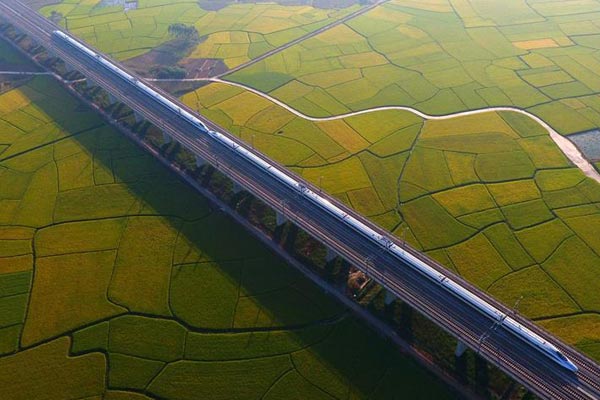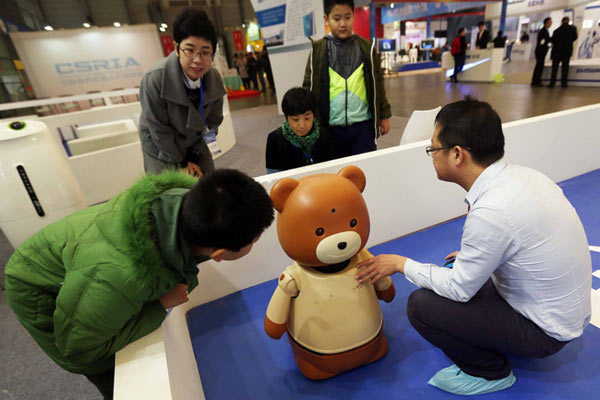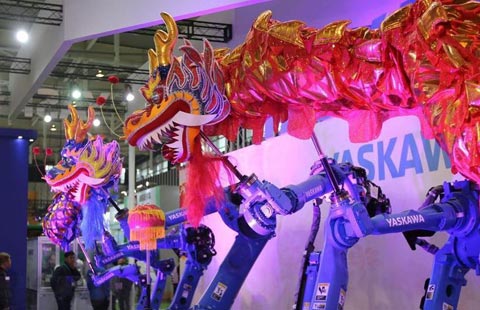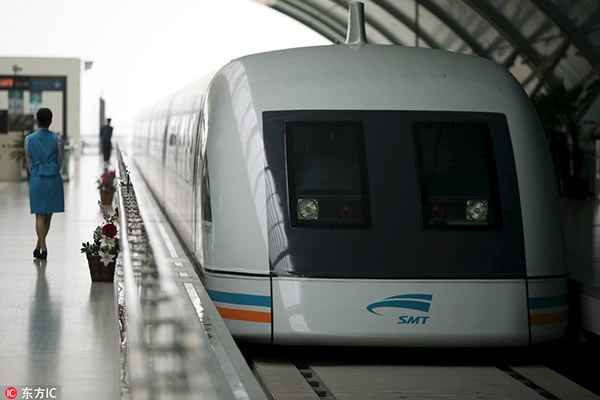Standardization of supply chain equipment 'vital'
China needs to speed up the way its supply chain is being standardized if the efficiency of logistics is to be improved and costs reduced, said the head of a leading US logistics company.
Slowing economic growth in China makes efficiency more necessary than ever, said Peter Mackie, group president of Chep Pallets, a logistics solutions company specializing in the management of standardized unit-load equipment.
"Logistics in China is very fragmented," Mackie said. "So you have a very large number of single operators who operate with pallets and trucks of very different shapes and sizes.
"The real barrier to supply chain development in China is able to move the very fragmented sector to new truck standards."
The lack of a standard means goods need to be handled manually as they move from one type of supply chain to another. But over the next few decades, China faces a shortage of labor; so, the performance of the supply chain would likely deteriorate if standardization is not realized soon, he said.
Chep has been working with the research institute of the Chinese Academy of International Trade and Economic Cooperation, part of the Ministry of Commerce, since 2014, to help speed up the development of standards for pallets, vehicles, facilities and other equipment. The goal is to build standardized and more efficient supply chain management.
Chep and CAITEC are running about 30 pilot programs in China that are subsidized by the central government. The ministry has also adopted standards based on their research, such as declaring "1.2 meter x 1 meter" as the national standard pallet size last year.
China's total social logistics costs were 10.8 trillion yuan ($1.6 trillion) last year, or about 16 percent of GDP, the National Development and Reform Commission said.
The proportion is much higher than that in developed countries, Mackie said. He hopes more companies, big and small, will play a role in standardizing the supply chain in China, and that what has been learned in pilot projects can be widely applied, resulting in major improvements.
Standardization is critical in logistics, he said. In Europe and the United States, the distribution center and the sizes of supply chain equipment-such as trucks, pallets, turnover baskets and containers-are identical in all markets, creating efficiency in the flow.
Chep set up operations in China 10 years ago and says it has enjoyed annual growth in turnover of about 20 percent a year on average in recent years. It has built a network of more than 80 on-site customer service points and service centers, and owns and manages a pool of more than 4 million pallets. Its customers include Nestle, P&G and Unilever.
"But the fastest growth occurs when the supply chain is really unlocked, and it is still at the very early stage for us," Mackie said. "There's a very strong correlation between population in a country and the potential size of pallet market, so China's (huge) population means it's the most important market for us in the long run."
Supply chains worldwide are wrestling with changing consumer behavior, and in some ways Chinese consumer behavior is unique, he said.
One aspect is the growth of e-commerce, forecast to be about 10 times bigger than the second-largest market-UK, by 2020. In China, about 8 percent of grocery consumptions happen online, while in Germany such spending accounts for only about half a percent of the total grocery market.
"Many more consumers in China are choosing that method to get the products they want, and that has implications for the supply chain," Mackie said.
The supply chain is also affected by the growing number of people living in cities. In a dense urban environment, they will be doing their shopping in a different way compared with those living in rural areas.























